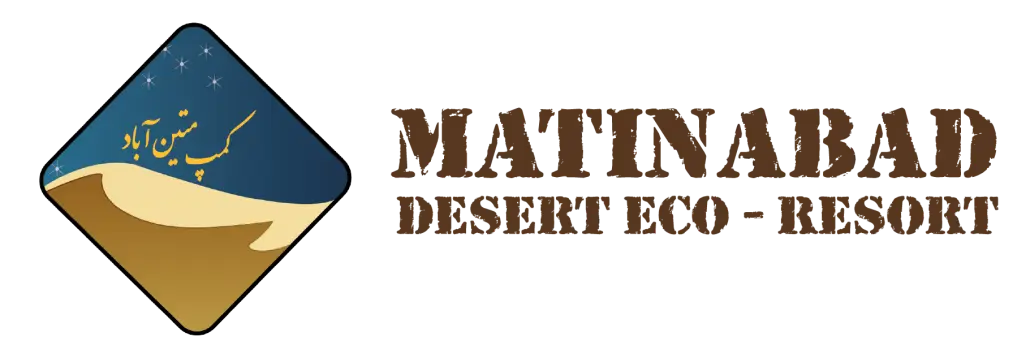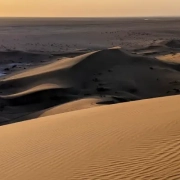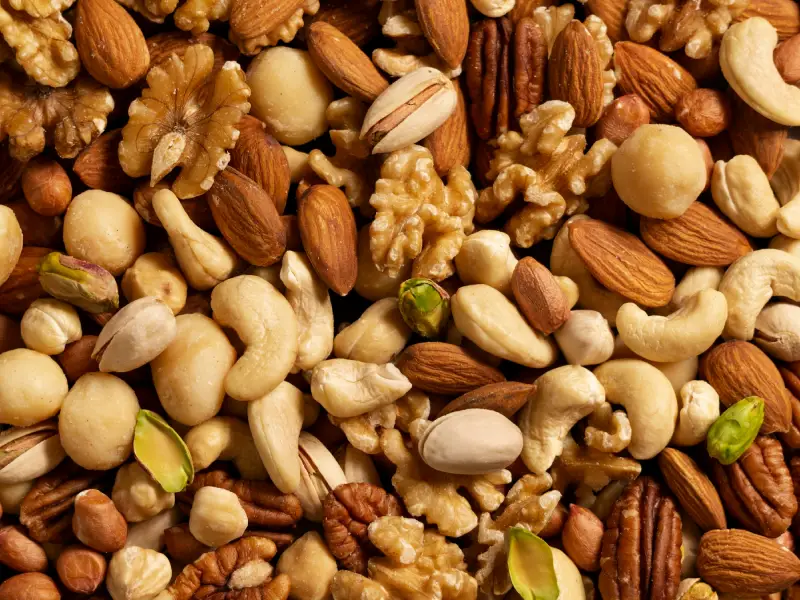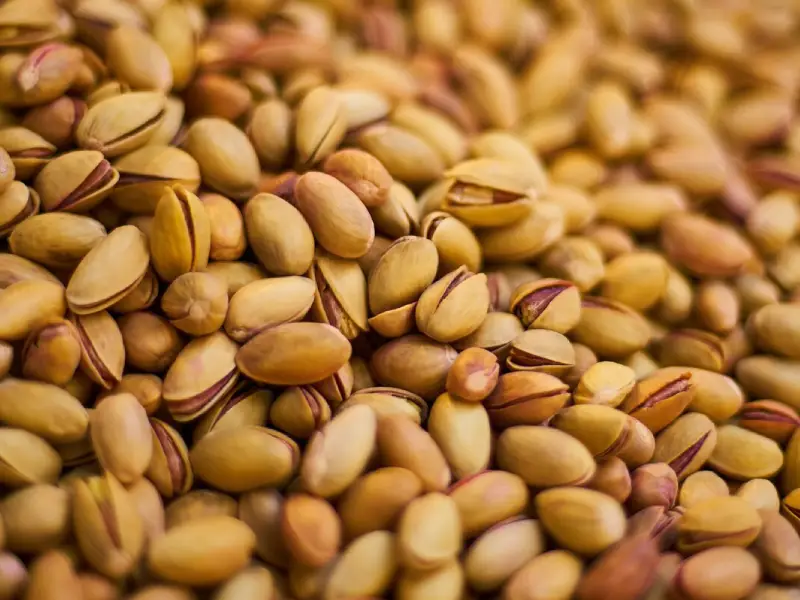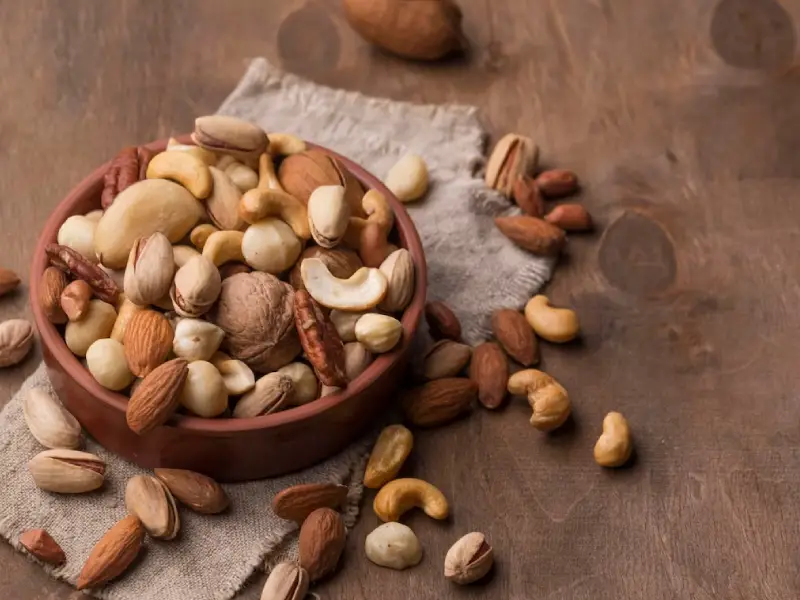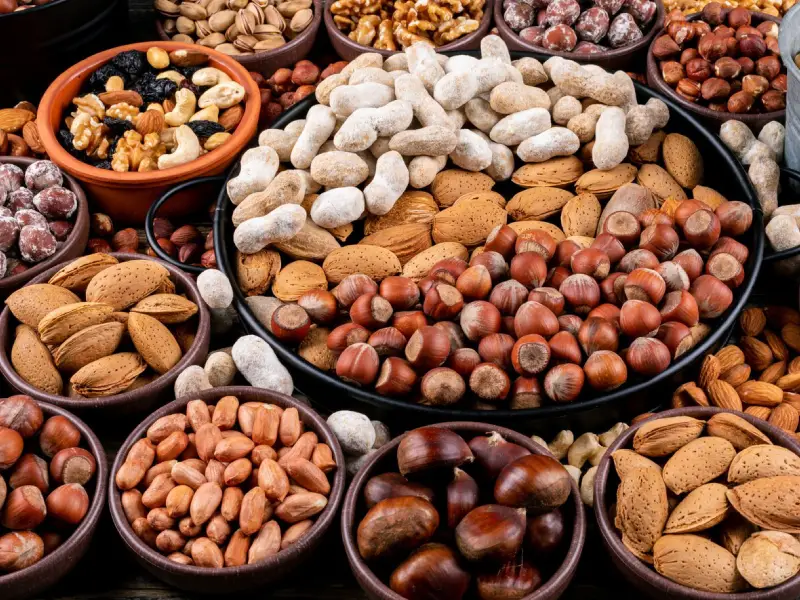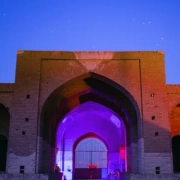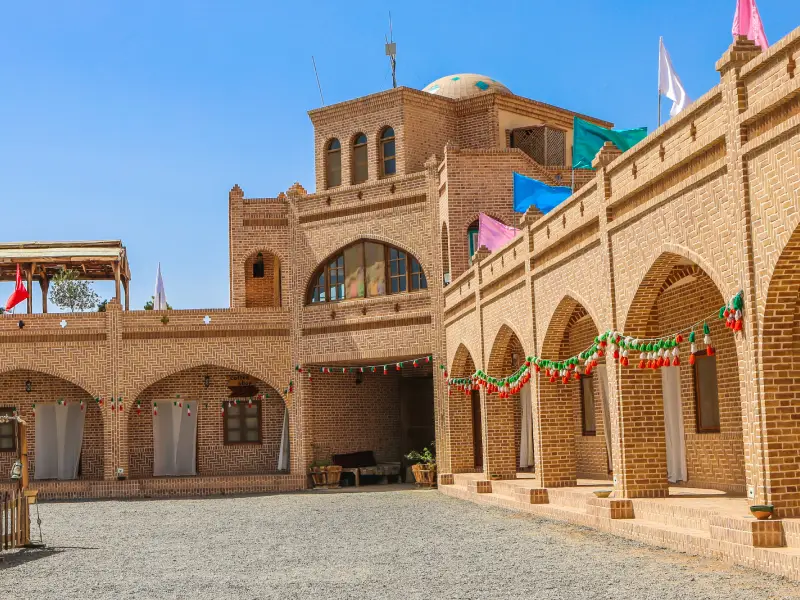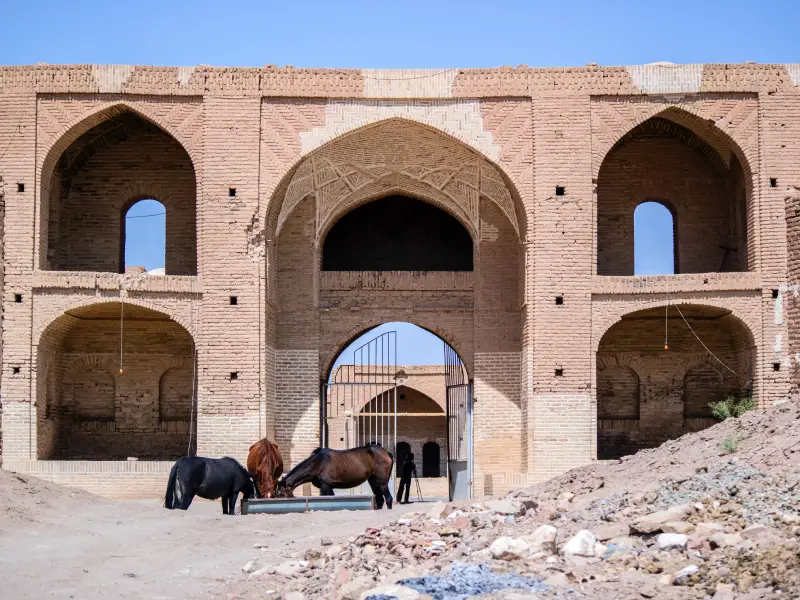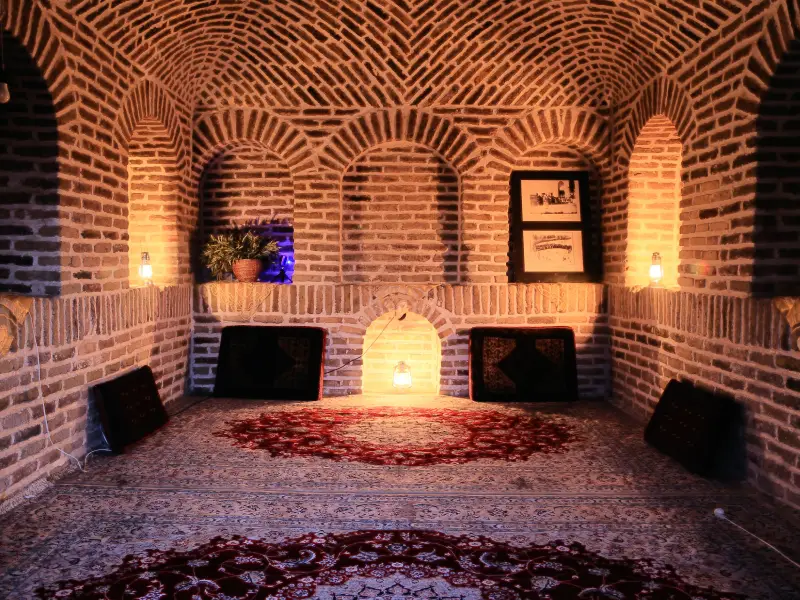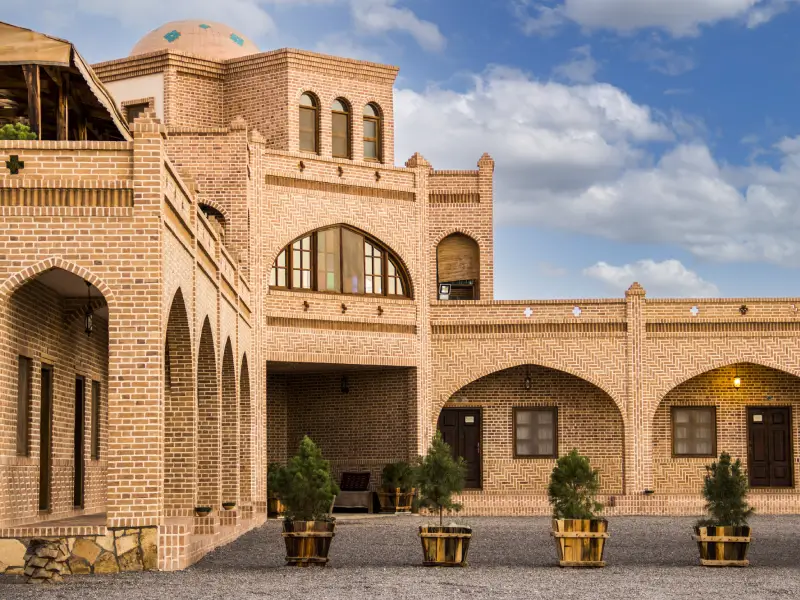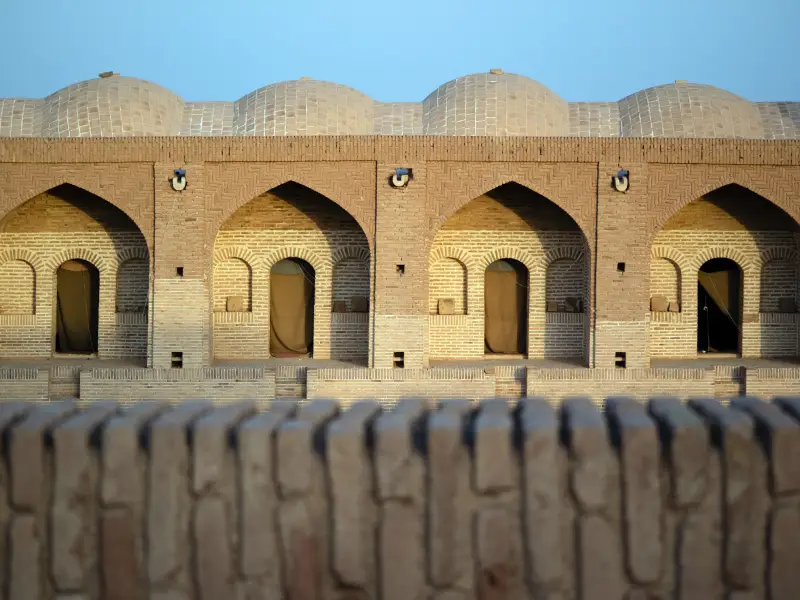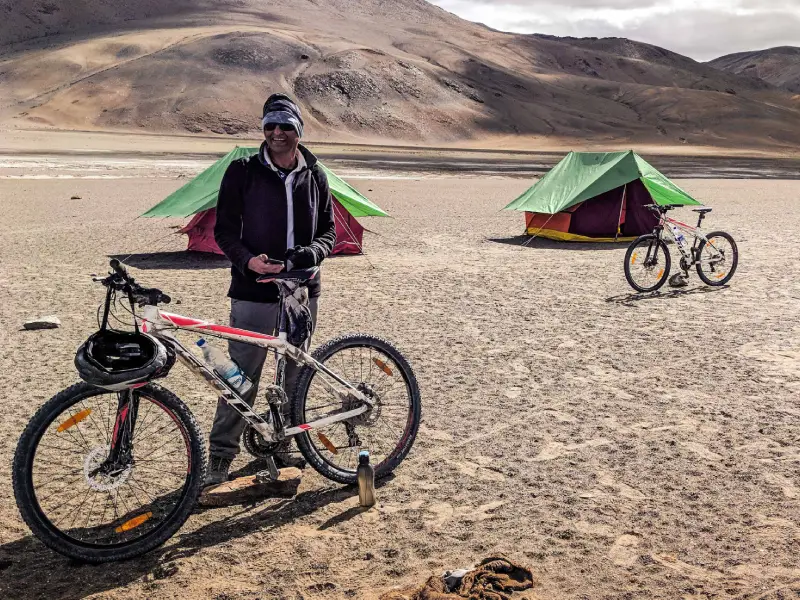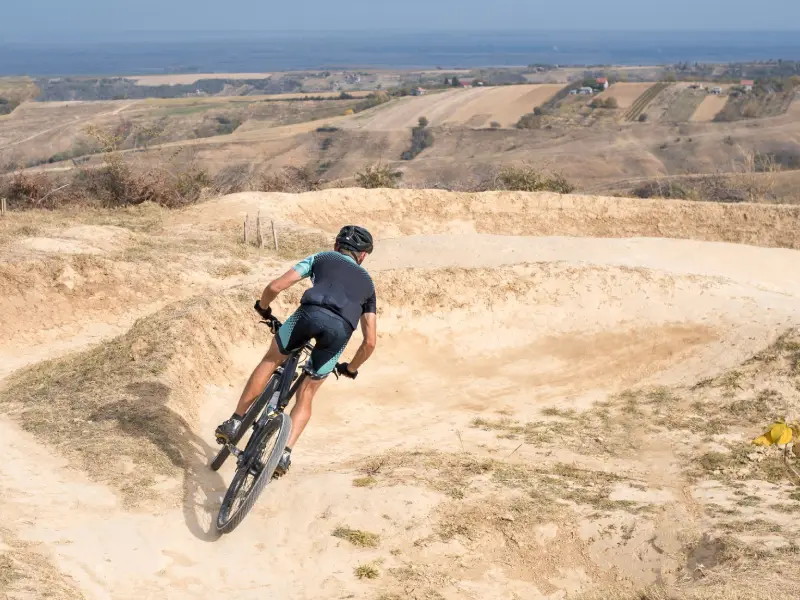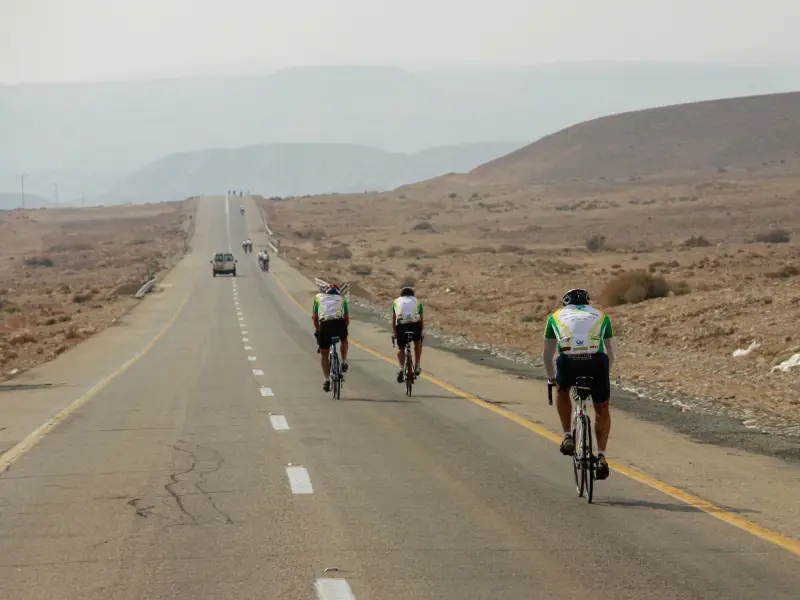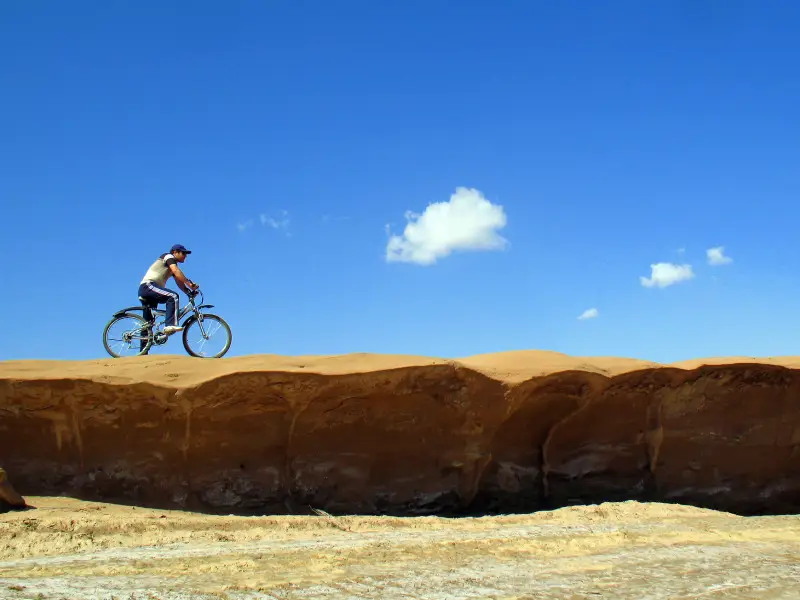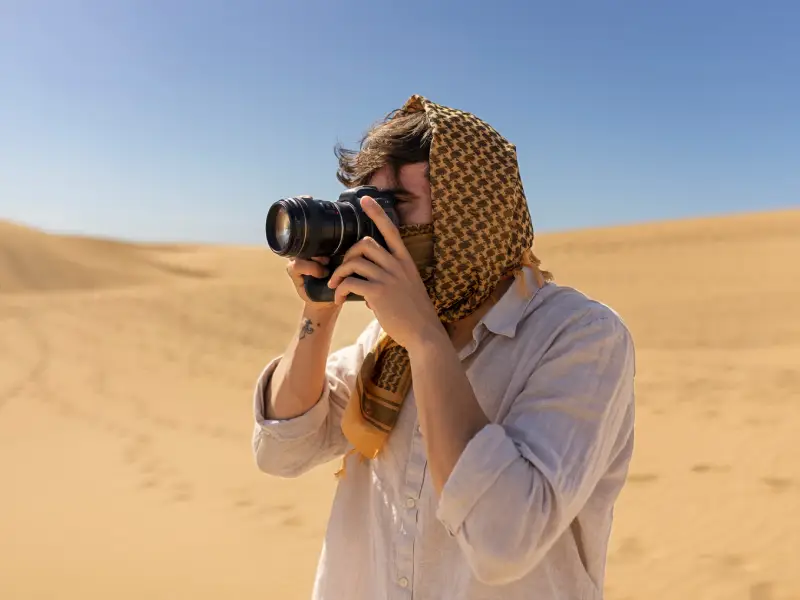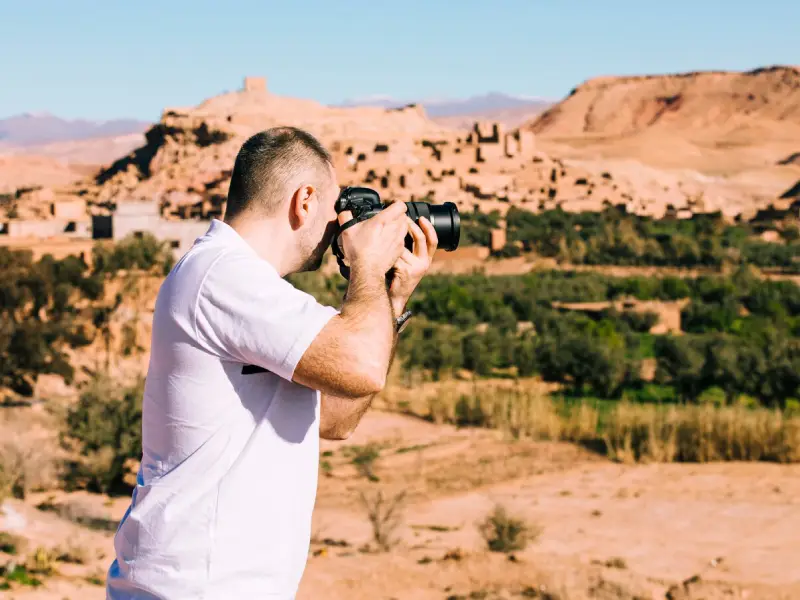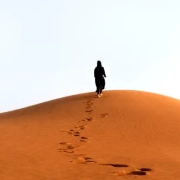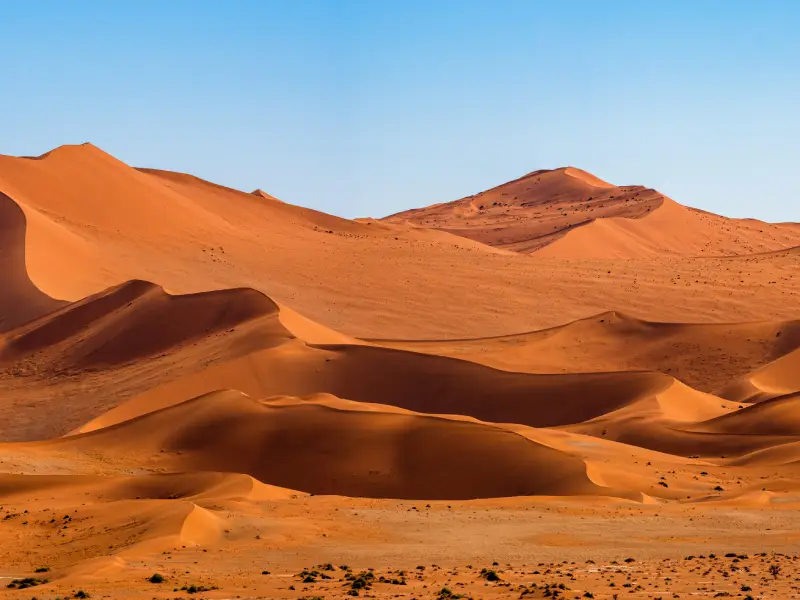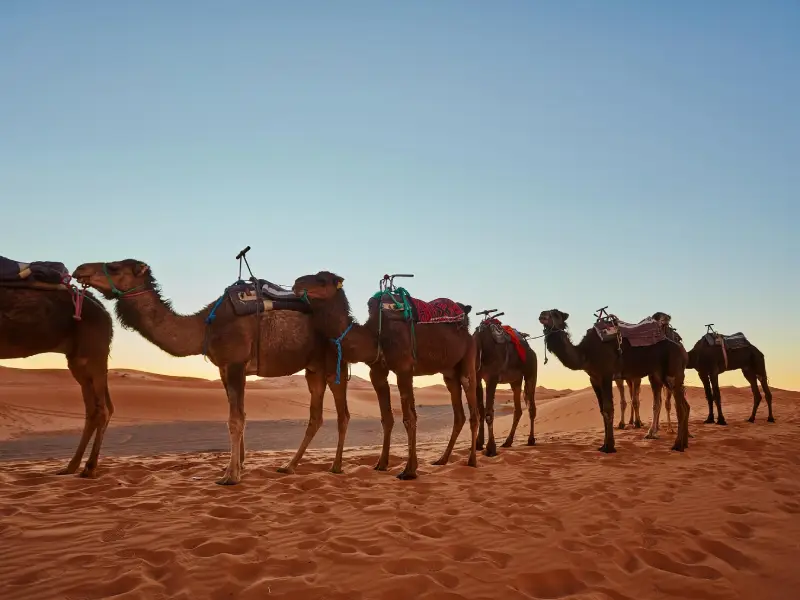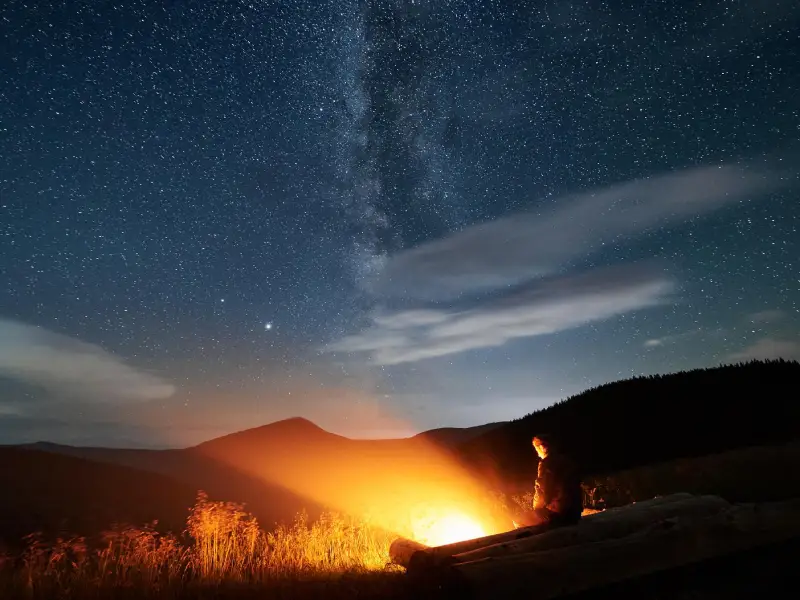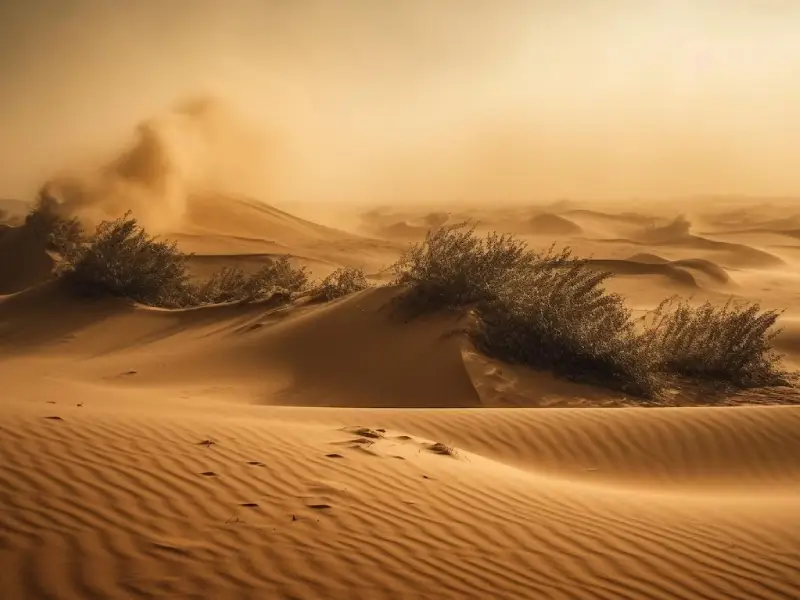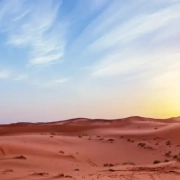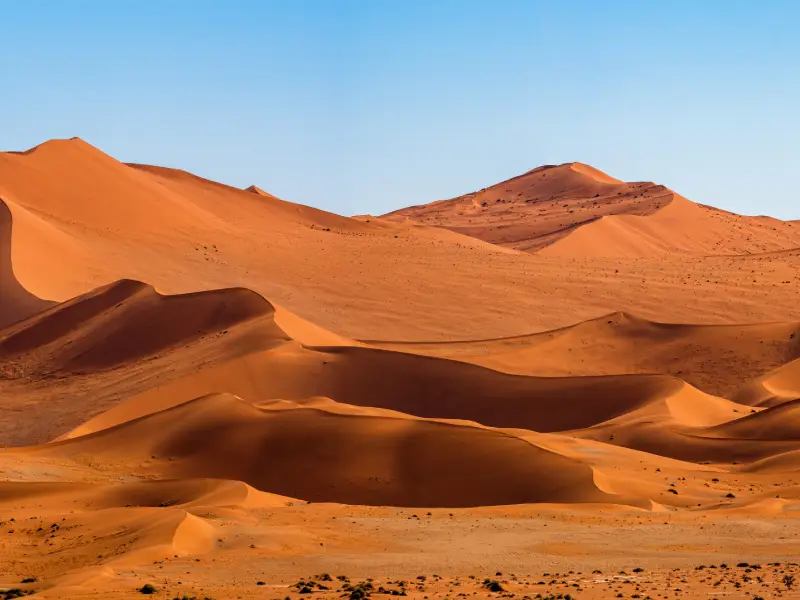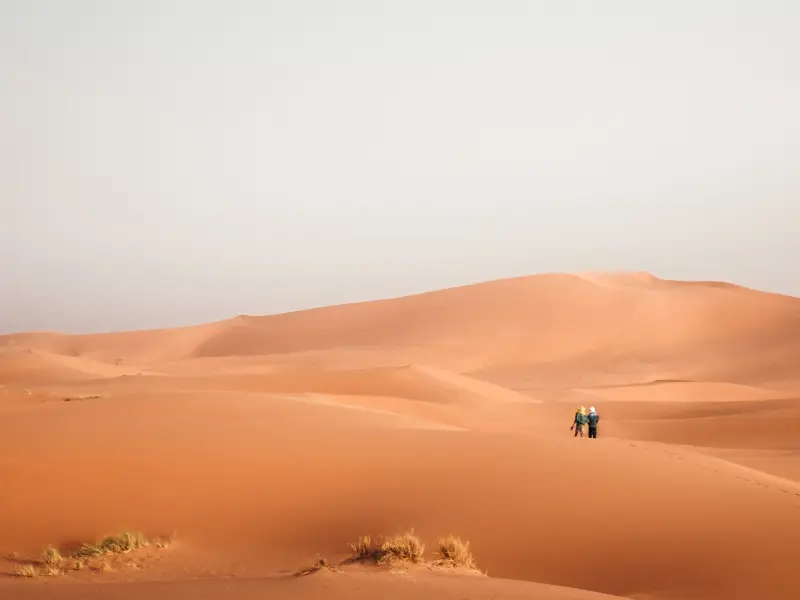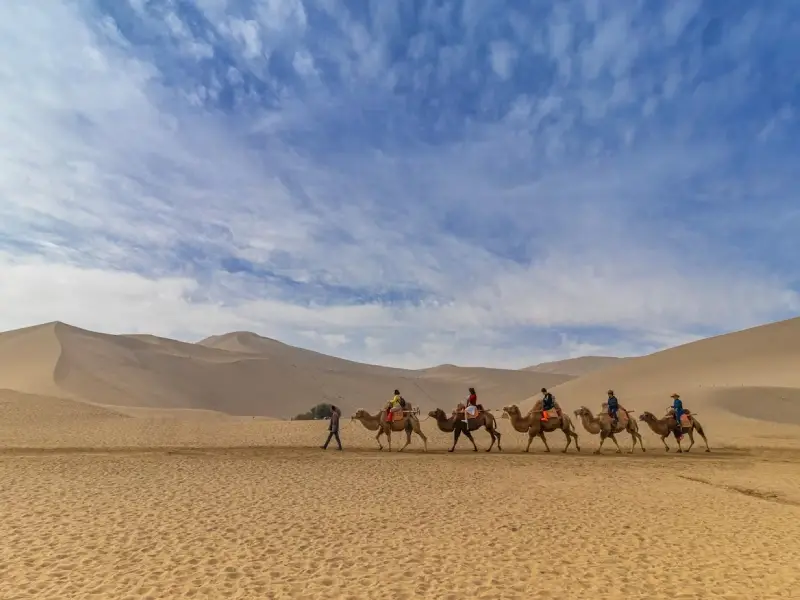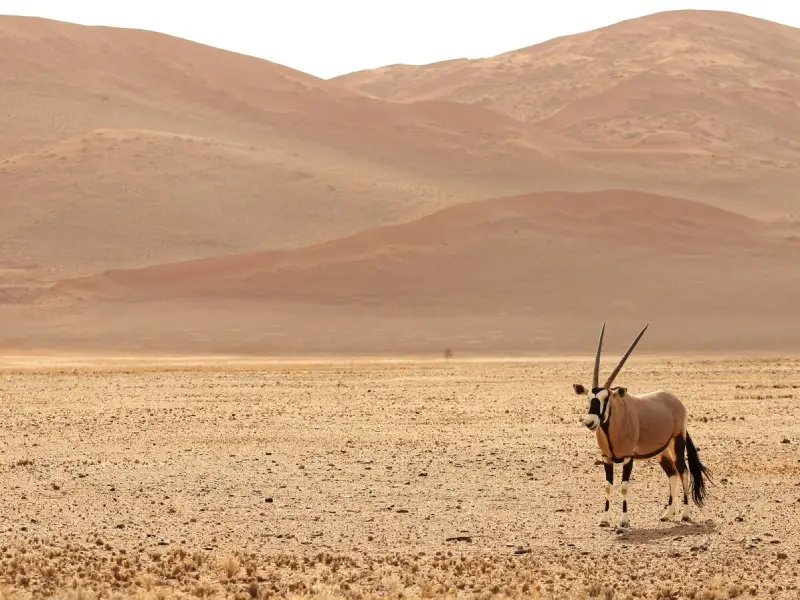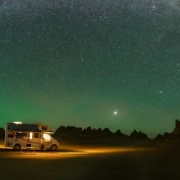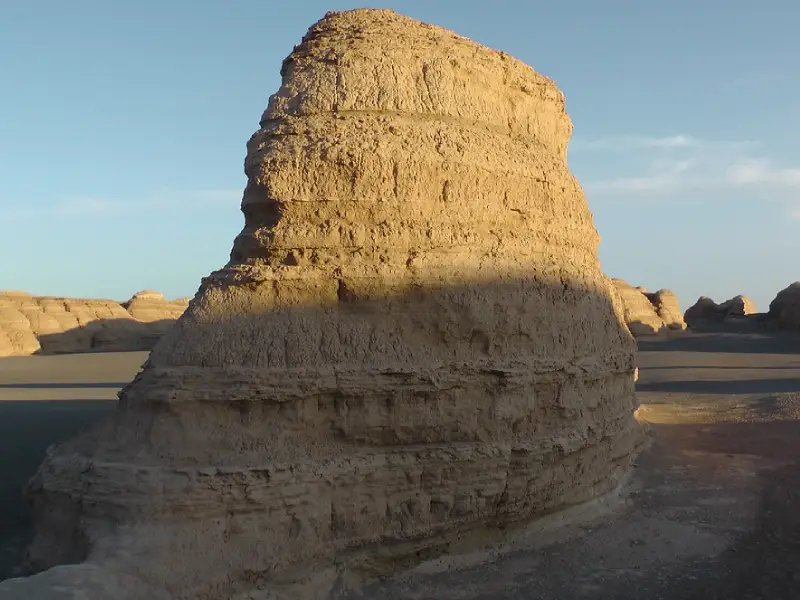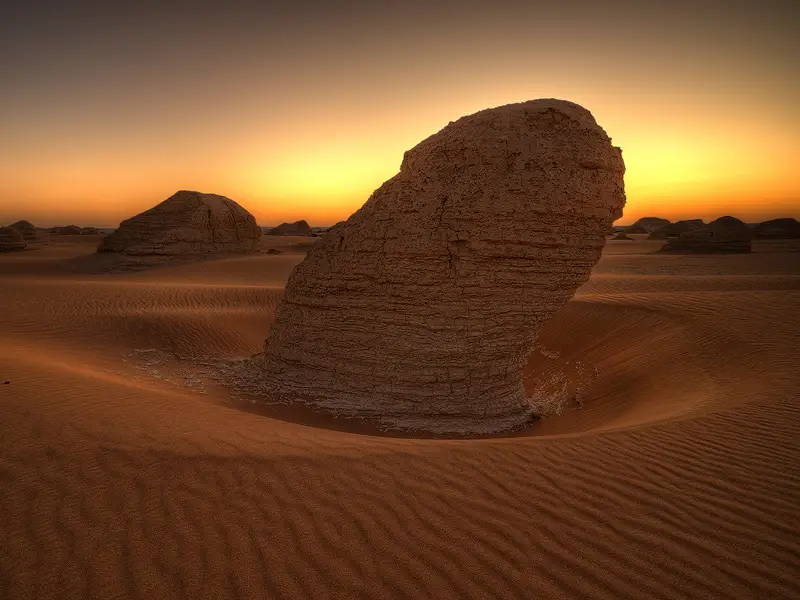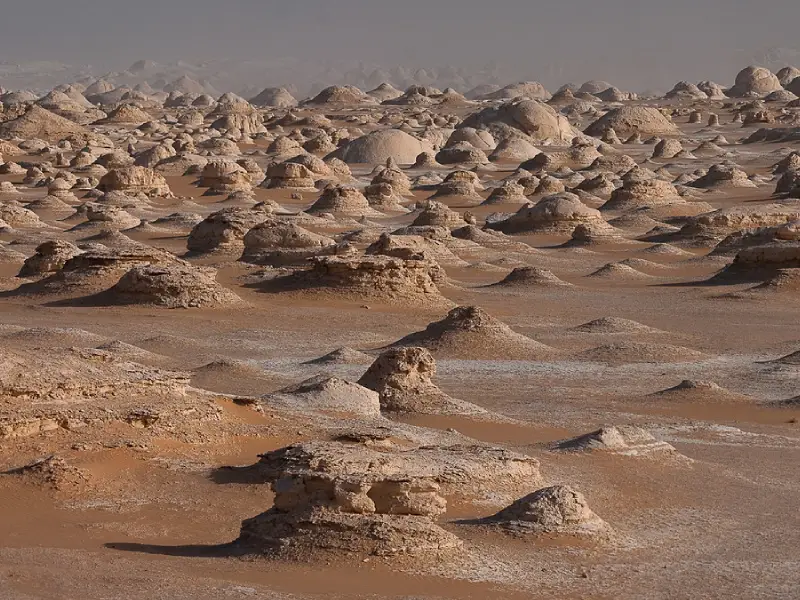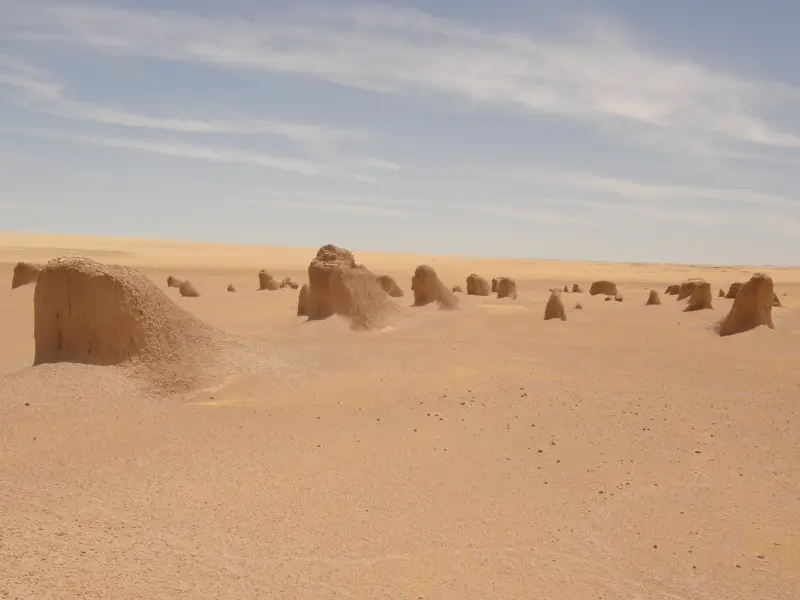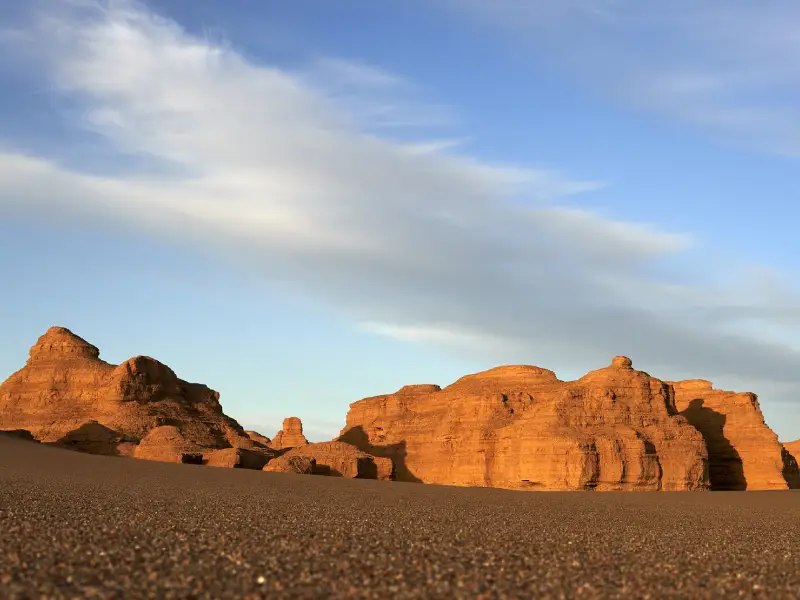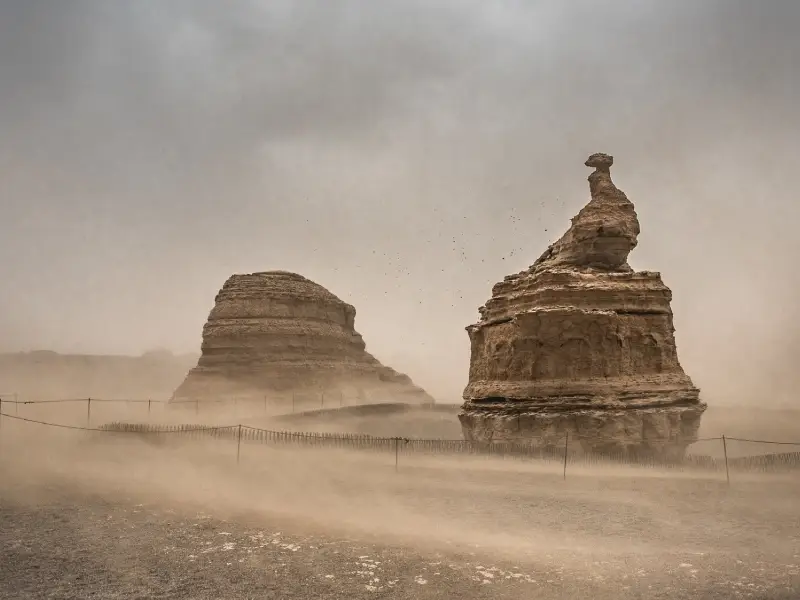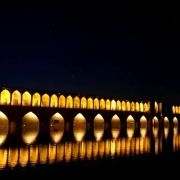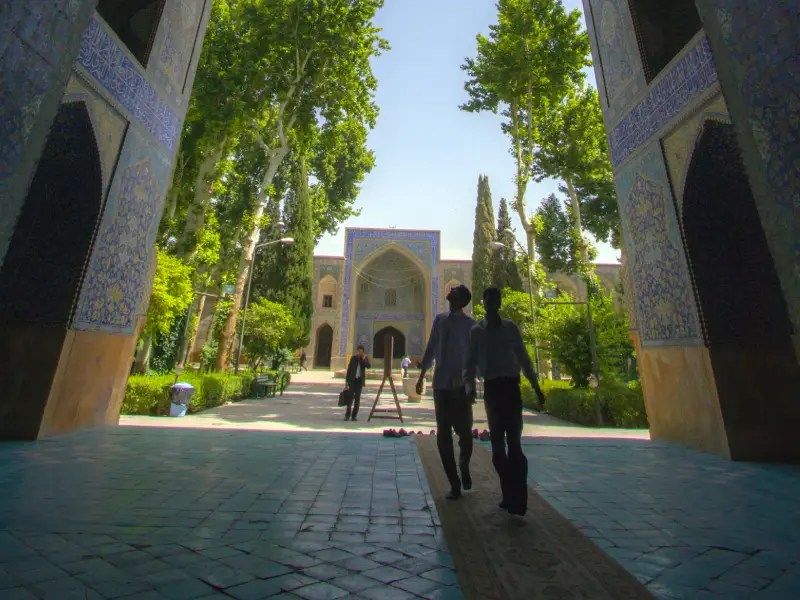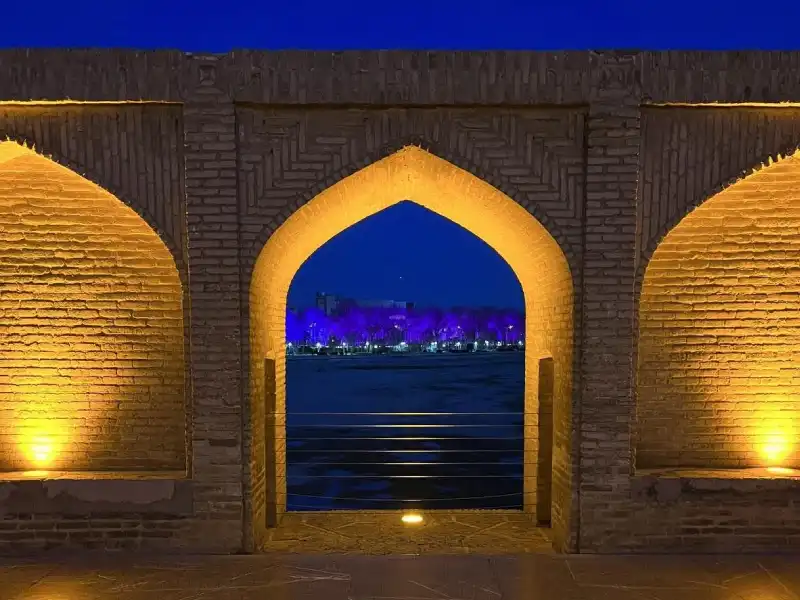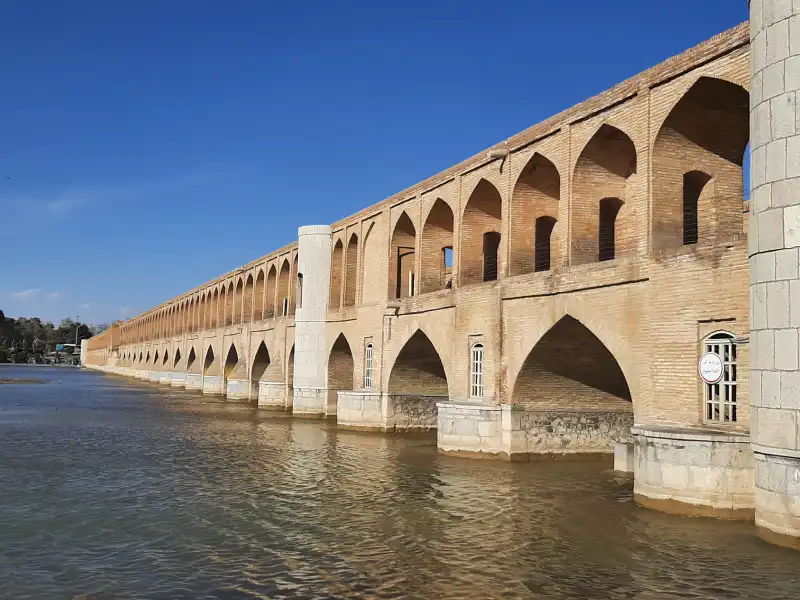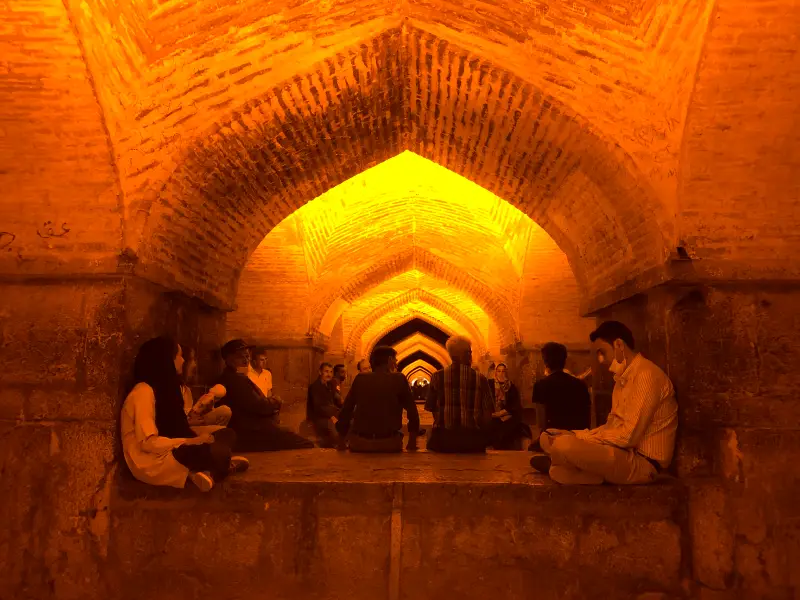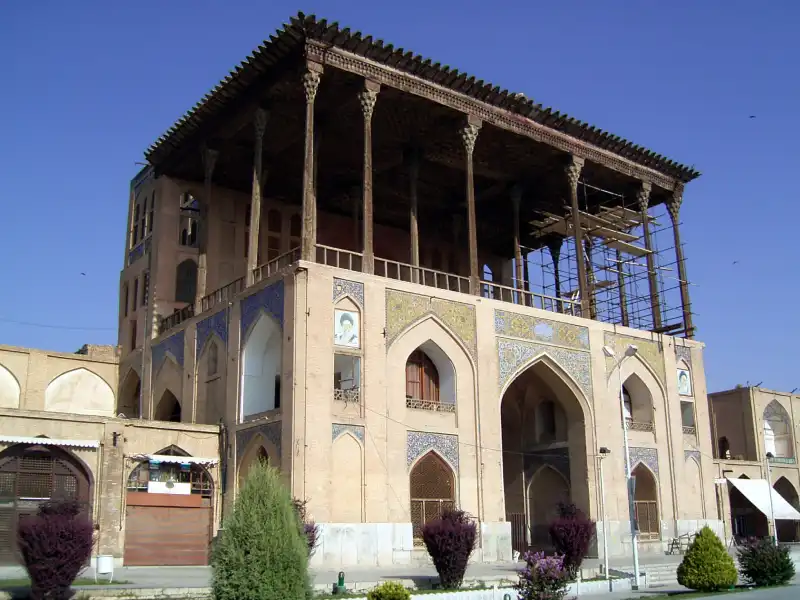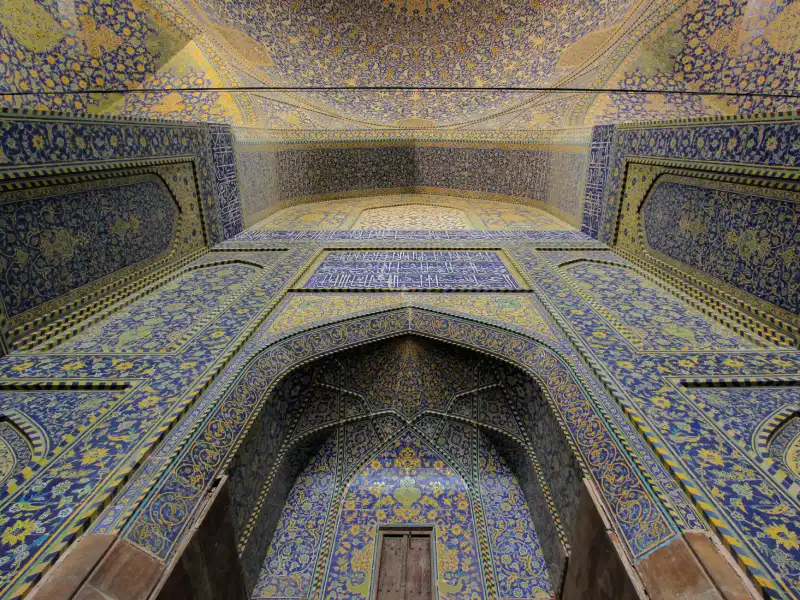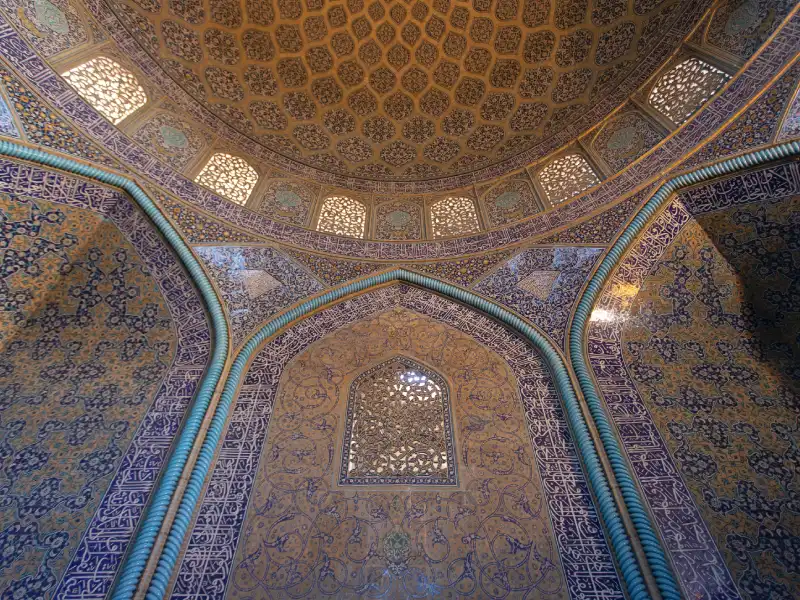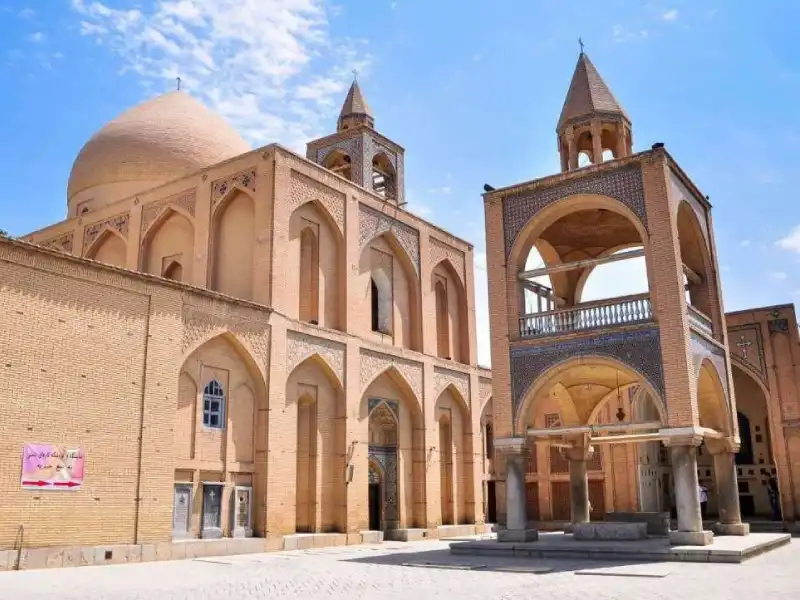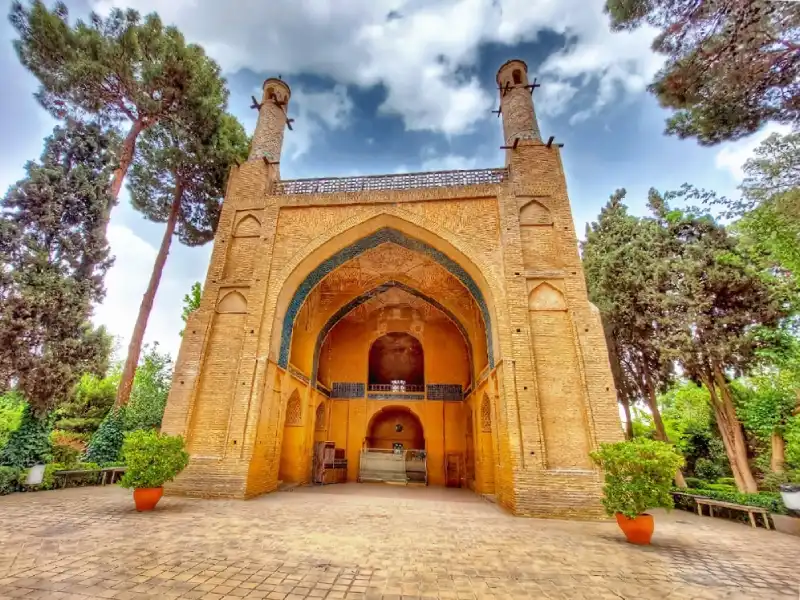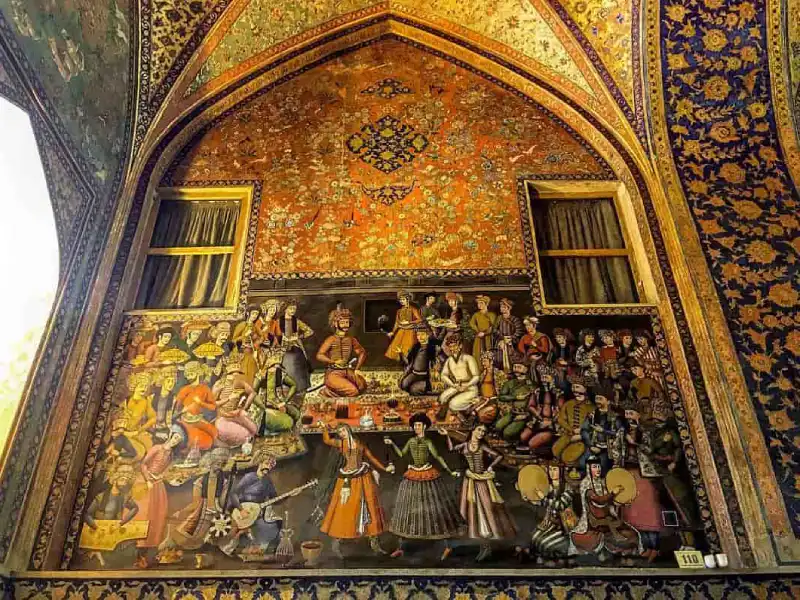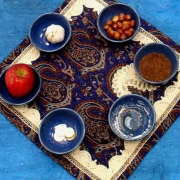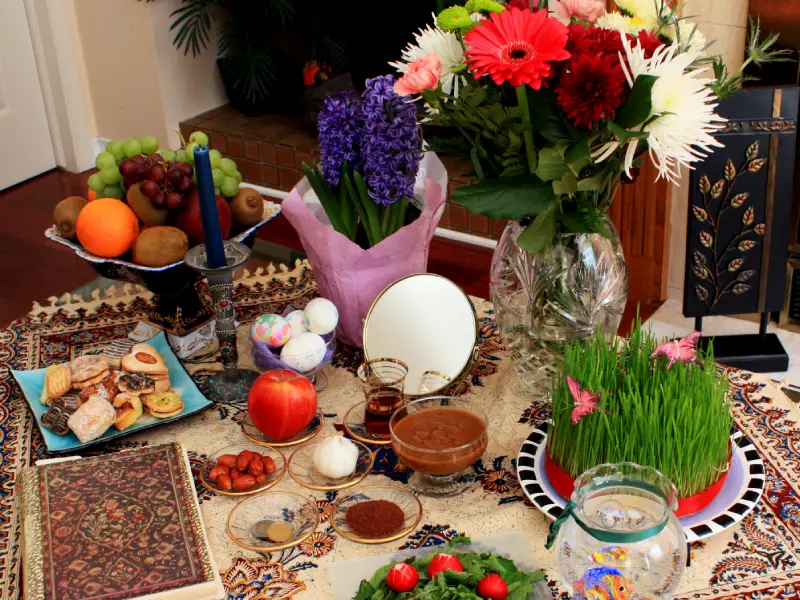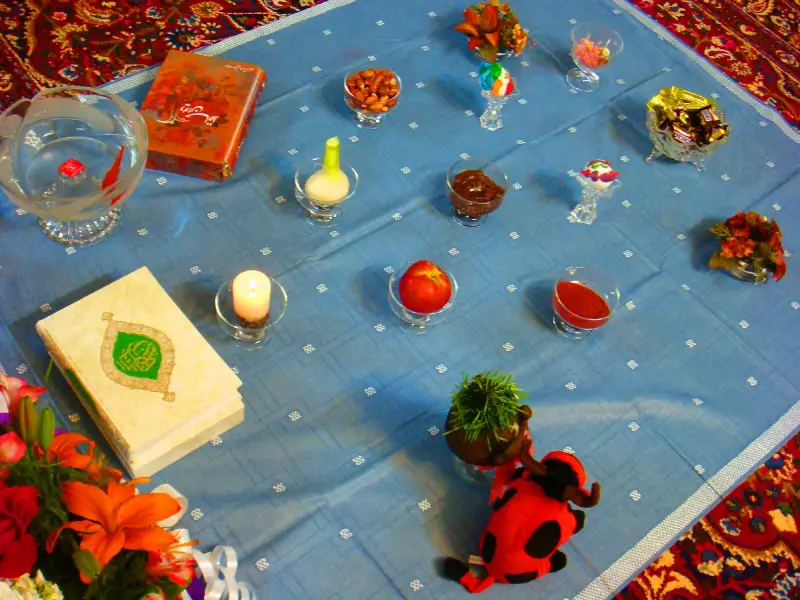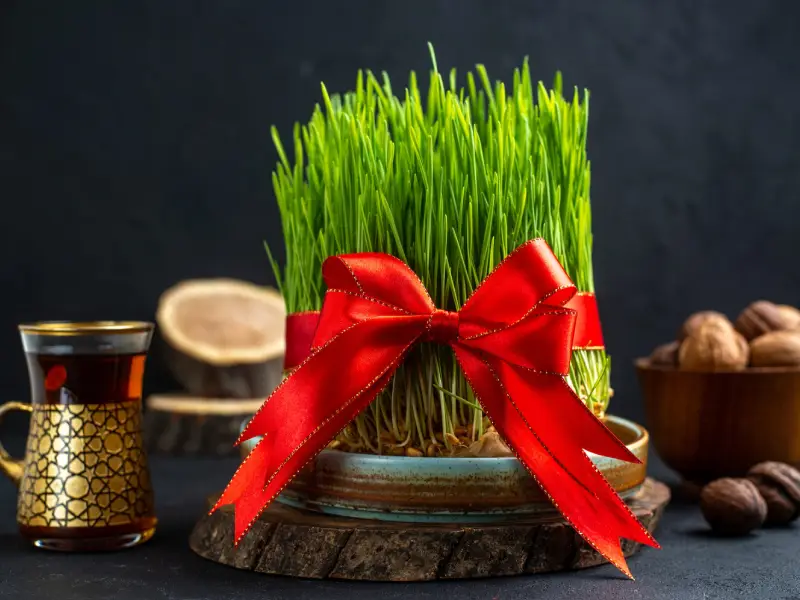Varzaneh Desert: Weather, Safari, Tourism, Animals
Desert trekking is definitely one of the most enjoyable tourism activities in Iran. Iran is known as the “land of four seasons” due to its unique geographical location, and deserts are among the most beautiful manifestations of nature in Iran, along with forests, waterfalls, seas, springs, and lakes. Varzaneh desert is one of the sights of Varzaneh and one of the natural tourist attractions of Isfahan province, which is not far from Tehran.
This tourist area has the largest desert recreation site in Iran, which recently opened its parts such as one-person and two-person quadricycles, zip line, safari, camel riding, restaurant, pantry, camping, and paraglider.
Varzaneh desert is a suitable place for desert climbing and walking on hot sands, having fun in the largest recreational site of Iran’s desert, visiting the natural and historical attractions of Varzaneh tourist city and Gavkhouni International Wetland, as well as watching the unique fauna and flora of the desert. Join us to provide you with comprehensive information about the Varzaneh desert.
Varzaneh Desert Tourism
Varzaneh Desert tourism is a unique experience that unveils the beauty of Iran’s natural wonders. Varzaneh Desert Tour allows visitors to enjoy the stunning scenery of golden sand dunes and experience the unique ecosystem of the desert.
From camel rides across the endless sands to witnessing the breathtaking sunset, every moment of the tour is filled with enchantment. Exploring the desert, tourists can encounter fascinating wildlife, including the charming fennec fox and various bird species.
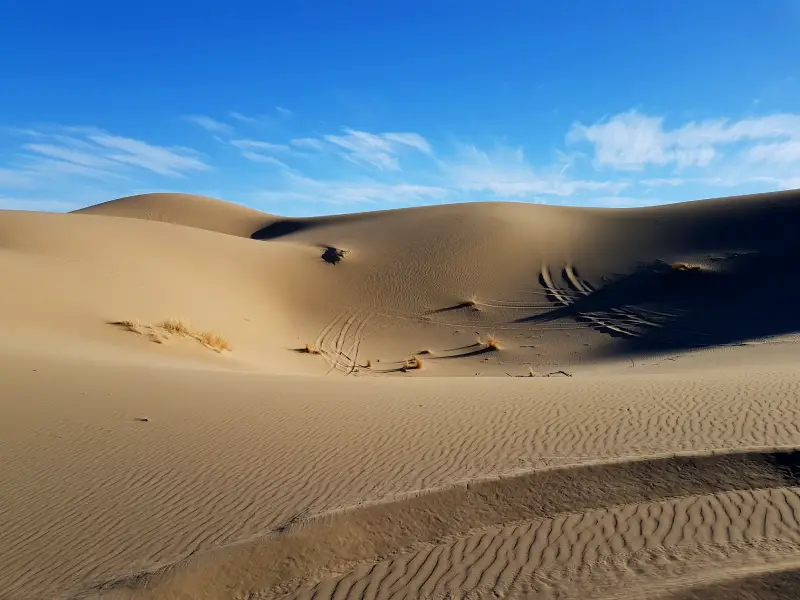
The Varzaneh Desert tour offers a glimpse into the rich cultural heritage of the region, allowing travelers to interact with local communities and learn about their traditional way of life.
It is a journey that blends adventure, nature, and culture, providing an unforgettable experience for those seeking a taste of the Iranian desert.
Varzaneh Desert Safari
Varzaneh Desert Safari is an exciting adventure filled with vast golden sand dunes and a unique desert landscape. Visitors can experience the thrill of riding over the sandy terrain on camelback or in a 4×4 vehicle, exploring the enchanting beauty of the desert. The safari offers a chance to witness the stunning sunset over the dunes, creating a magical atmosphere.
As you traverse the Varzaneh Desert, you will encounter diverse wildlife, from fennec foxes to various bird species. The desert safari provides a memorable opportunity to connect with nature, experience the serenity of the vast desert, and enjoy the breathtaking scenery under the clear desert skies.
Varzaneh Desert Weather
The Varzaneh Desert, located in a region known for its warm and dry climate throughout the year, is an ideal destination for travel. However, due to the scorching heat during the summer and spring seasons, it can be challenging to endure, making the best time to visit the desert during the fall and winter.

In the fall, the desert air is not too hot during the day, and nights are not too cold. On the other hand, winter nights in the desert can be accompanied by significant cold temperatures. So, if you are planning to travel to the desert in winter, be sure to dress appropriately and warmly to fully enjoy your experience (Varzaneh Desert weather)
Varzaneh Desert climate
Desert areas are suitable for travel throughout the year due to their warm and dry climate. However, the intense heat in summer and spring can be challenging to tolerate, making the best seasons for desert trips in the fall and winter.
In the fall, desert days are warm, and nights are not excessively cold. However, in winter, desert nights can be extremely cold, so it is advisable to dress warmly when traveling to the desert during this season.
Varzaneh Desert Animals
The unique nature of the Varzaneh Desert provides a suitable environment for various beautiful and fascinating animals.
Unfortunately, in recent years, the population of these animals, especially migratory birds, has faced a significant decline due to the drying of the Gavkhouni wetland and negative ecosystem changes in a vast area surrounding the wetland.

Fennec Fox (Vulpes rueppelli)
The fennec fox has a smaller body compared to a common fox, and its long ears immediately capture your attention. The fox has very long hairs on its paws, facilitating easy movement in the sands. It is a nocturnal creature and resides in the central desert region, Fars, and Khuzestan provinces.
Jaculus (Pamsvaki)
Jaculus, a type of rodent with large eyes, a slender body, and large ears similar to the fennec fox, also has hairy paws for easy movement in the sands. It is a nocturnal creature, but sightings are less common during moonlit nights.
Long-legged Buzzard
The long-legged buzzard is a type of bird of prey whose call resembles that of a common buzzard but slightly softer. This native Iranian bird lives on a single tree or on the ground and is considered an environmentally protected species.
Other animals that inhabit this desert include jackals, hares, cats, falcons, blunt-nosed vipers, and the Persian horned viper (shoormaar). These diverse species contribute to the rich ecosystem of the Varzaneh Desert.
How to Visit the Varzaneh Desert in Iran?
To reach the Varzaneh Desert from Tehran, you will start your journey from the Tehran-Qom freeway in the south of Tehran. After passing through the cities of Kashan and Ardestan, you will reach the entrance of Naeen city.
At this point, take the ring road towards Tangestan. Shortly after Tangestan, turn left onto the entrance of Varzaneh Road. Continuing on this route, you will first reach the village of Varzaneh, and the desert itself is just a short distance south of Varzaneh village.

The distance from Isfahan to Varzaneh Desert is approximately 117 kilometers, and you can reach the desert in about two hours from the city center. To get there from the Isfahan-Shahreza freeway in the east of Isfahan, head towards the ring road and continue on the freeway towards Isfahan-Varzaneh. Enter the city from Azadi Square and go towards Baheshti Street.
Follow the street until the end to reach Dastjerd-Varzaneh Road. Turn right onto Dastjerd-Varzaneh Road, and after a few kilometers, you will arrive at Varzaneh Desert.
Where to Stay in Varzaneh Desert in Isfahan?
If you wish to stay for a day or two in the historic city of Varzaneh but prefer not to camp or spend the night in a tent in nature, it is better to consider renting a suite in the Varzaneh Desert or staying at the Varzaneh Hotel.
Due to its commitment to preserving its traditional architecture, the city lacks fancy and luxurious hotels. Therefore, we recommend handling the reservation of the Varzaneh Hotel yourself and exploring other options for accommodation in the Varzaneh Desert.
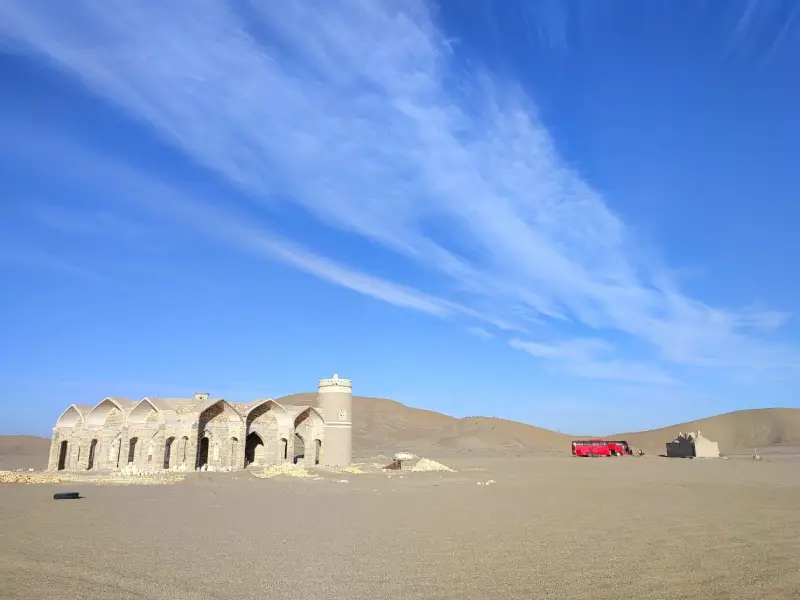
Renting a suite in Varzaneh or staying in the homes of local people is another option available to you. However, if you prefer to stay in traditional accommodations with local and traditional decorations, you can choose from the following options:
- Varzaneh Traditional Residence: Varzaneh, Dr. Beheshti Street, Shahid Maqsoodi Alley.
- Spanta Eco-lodge: Varzaneh, Dr. Beheshti Street, in front of Amin Fund, No. 9.
- Chapakar Traditional Residence: Varzaneh, Sheikh Bahai Boulevard, Pigeon Tower, Shahid Baqeri Street, in front of Saadi High School, No. 53.
- Negar Traditional Residence: Varzaneh, Mosque Alley, No. 28.
- Hafez Traditional Residence: Varzaneh, Dr. Beheshti Street, Abu Zar Alley.
These traditional lodges offer a unique experience and allow you to get to know the local culture and enjoy the traditional charm of Varzaneh
Final Word
Traveling to the Varzaneh Desert is an extraordinary experience, highly recommended for families and diverse groups due to its proximity to the city and accessibility. The variety of exciting activities during the desert days, such as stargazing and photography at night, will satisfy every family member, regardless of age.
The entire route to Varzaneh Desert is asphalted, allowing for easy travel by private car. After exploring the recreational site of Varzaneh Desert, spend the night in nearby accommodations or set up a tent in a secluded area. Enjoy the magical silence, clean air, and the unique appearance of the desert at night.
Do not miss the chance to visit the tourist attractions of Varzaneh city near the desert. In conclusion, a journey to the Varzaneh Desert promises unforgettable moments and a blend of adventure and tranquility.
Are you planning to travel to Iran and looking for an Iran resort? Consider Matinabad eco resort.
